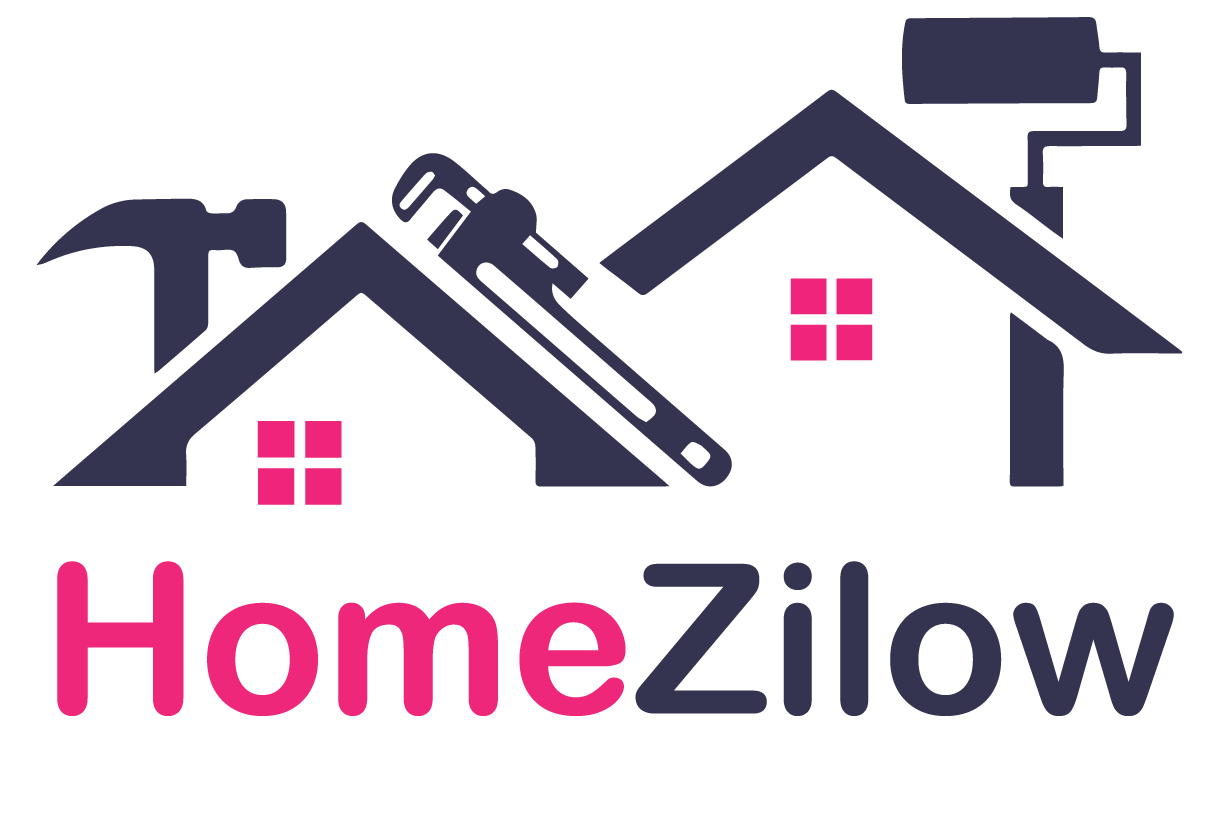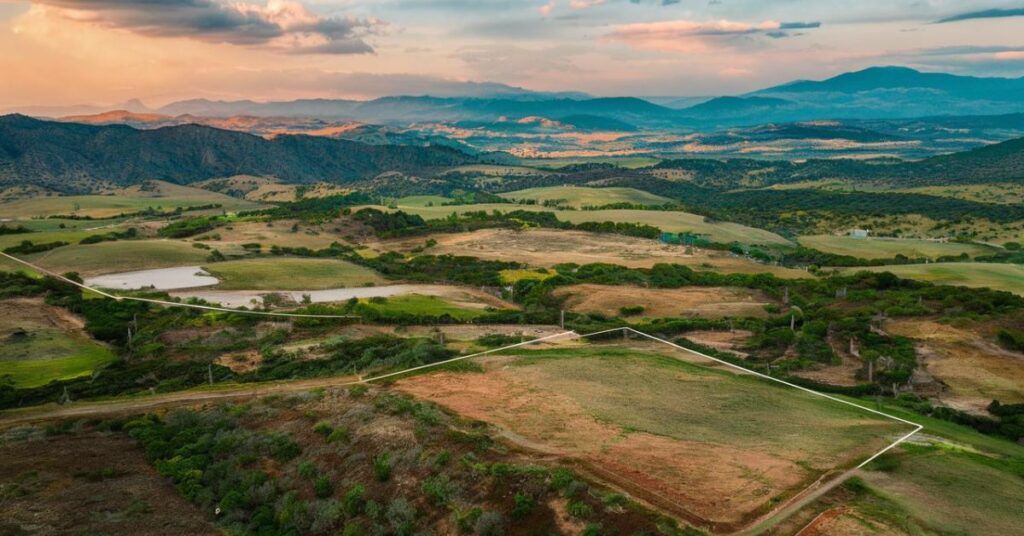Introduction
Unimproved land, often referred to as raw or undeveloped land, is a type of real estate that has not been altered by human activity. This contrasts with improved land, which features buildings, utilities, and infrastructure. This article will explore the characteristics, potential uses, advantages, disadvantages, and investment considerations related to unimproved land. Are you looking for NTR Share House read our article relevant to it.
What is Unimproved Land?
Unimproved land is a parcel of land that remains in its natural state, free from buildings, utilities, or other developments. These plots might consist of vacant lots, farmland, or wilderness areas. The absence of infrastructure means the land has not been modified to support immediate human habitation or use.
Characteristics of Unimproved Land:
- No Buildings: Unimproved land lacks structures such as homes, offices, or industrial buildings.
- No Utilities: There are no existing connections to electricity, water, sewage, or gas lines.
- No Infrastructure: The land has not been graded, paved, or otherwise prepared for construction.
Examples of Unimproved Land:
- Vacant Lots: Parcels within urban or suburban areas that have not been developed.
- Farmland: Agricultural land used for growing crops or raising livestock.
- Wilderness: Natural areas such as forests, deserts, or mountainous regions.
Potential Uses of Unimproved Land
Residential Development: Building homes or creating subdivisions can transform raw land into thriving communities.
Commercial Development: Unimproved land can be developed for retail stores, offices, or industrial purposes, contributing to economic growth.
Agricultural Purposes: Farmland is essential for farming and ranching, supporting the agricultural industry and food production.
Recreational Activities: Unimproved land can be used for camping, hiking, and hunting, offering recreational opportunities and promoting outdoor activities.
Conservation and Environmental Protection: Preserving natural habitats and protecting ecosystems can be achieved by maintaining land in its unimproved state.

Advantages of Investing in Unimproved Land
Potential for High Returns: The value of raw land can appreciate significantly, especially if the area experiences growth and development.
Land as a Tangible Asset: Unlike stocks or bonds, land is a physical asset that can provide a sense of security and stability.
Diversification Benefits: Adding land to an investment portfolio can diversify assets, reducing overall risk.
Long-term Investment Potential: Unimproved land can be a long-term investment, with the potential for significant future development or appreciation.
Tax Advantages: Depending on the location and use, there may be tax benefits associated with owning unimproved land.
Disadvantages of Investing in Unimproved Land
Lack of Immediate Income Generation: Unlike rental properties, unimproved land does not generate income without development.
High Initial Costs: Developing raw land can be expensive, requiring significant investment in utilities, infrastructure, and construction.
Market Fluctuations: The value of unimproved land can be affected by changes in the real estate market, economic conditions, and local development trends.
Time-consuming Investment: Developing land or waiting for appreciation can take time, requiring patience and long-term commitment.
Potential Risks: Zoning changes, environmental issues, or unfavorable land use restrictions can impact the value and usability of unimproved land.
Factors to Consider Before Investing
Location: The location of the land (urban, suburban, rural) will significantly impact its value and potential uses.
Zoning Regulations and Land Use Restrictions: Understanding local zoning laws and restrictions is crucial for ensuring the intended use of the land is permitted.
Soil Quality and Topography: The physical characteristics of the land, such as soil quality and topography, can affect its suitability for development or agriculture.
Access to Utilities and Infrastructure: Proximity to existing utilities and infrastructure can reduce development costs and increase the land’s appeal.
Market Trends and Demand: Analyzing market trends and demand for land in the area can help predict future value and investment potential.
Financial Resources and Investment Goals: Investors should assess their financial capacity and align their investment goals with the potential and limitations of unimproved land.
How to Invest in Unimproved Land
Research and Due Diligence: Thorough research and due diligence are essential to understanding the land’s potential and risks.
Finding Suitable Land: Identifying land that meets the investor’s criteria and goals is a critical step.
Financing Options: Exploring various financing options, such as loans or partnerships, can make the investment more feasible.
Development or Holding Strategies: Deciding whether to develop the land or hold it for future appreciation will depend on the investor’s strategy and market conditions.
Legal and Tax Considerations: Consulting with legal and tax professionals can help navigate the complexities of land ownership and ensure compliance with regulations.
Conclusion
Investing in undeveloped lands offers unique opportunities and challenges. While it has the potential for high returns and diversification benefits, it also requires careful consideration of factors such as location, zoning, and market trends. By conducting thorough research and planning, investors can unlock the value of unimproved properties and make informed decisions that align with their investment goals.

